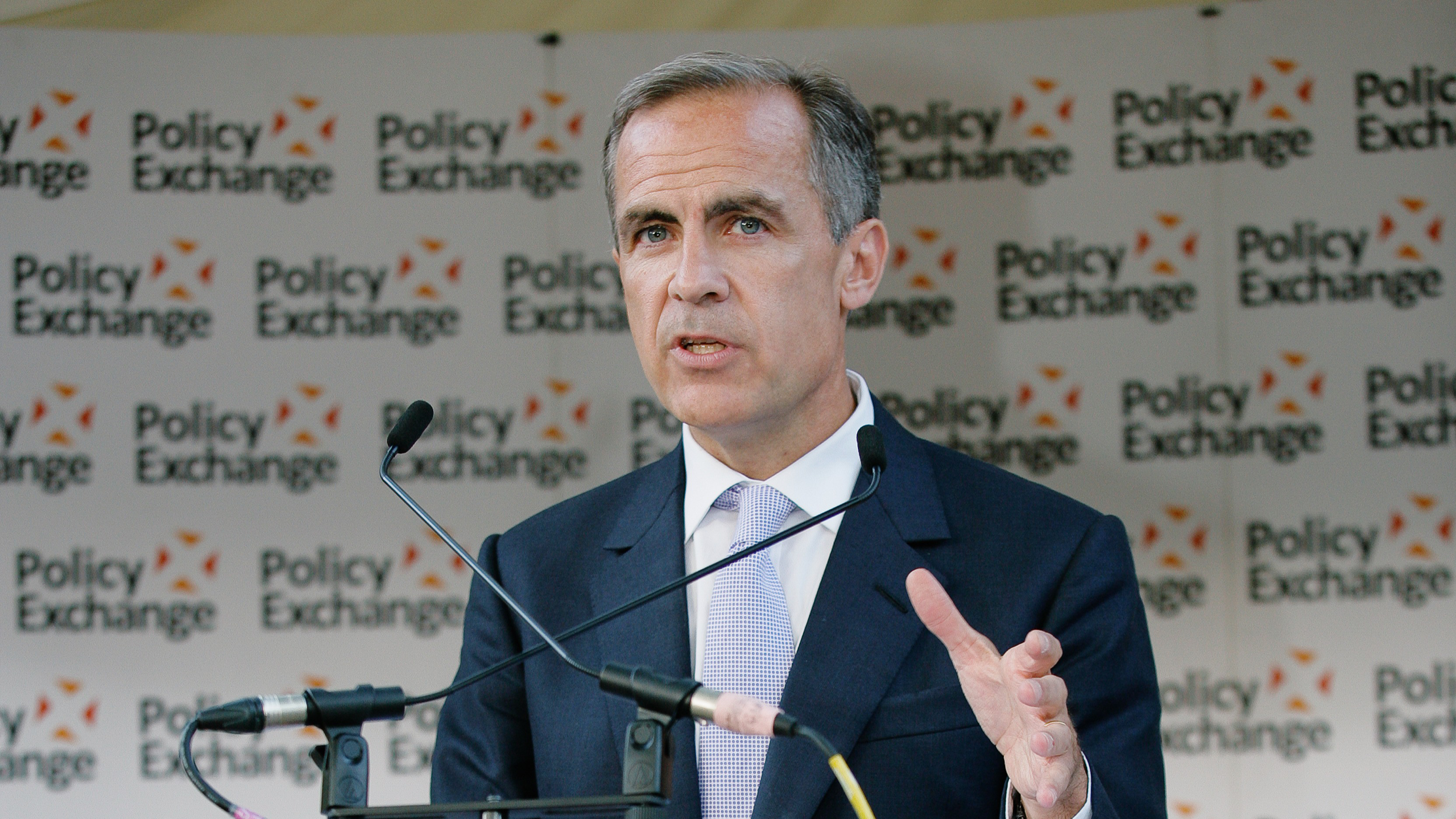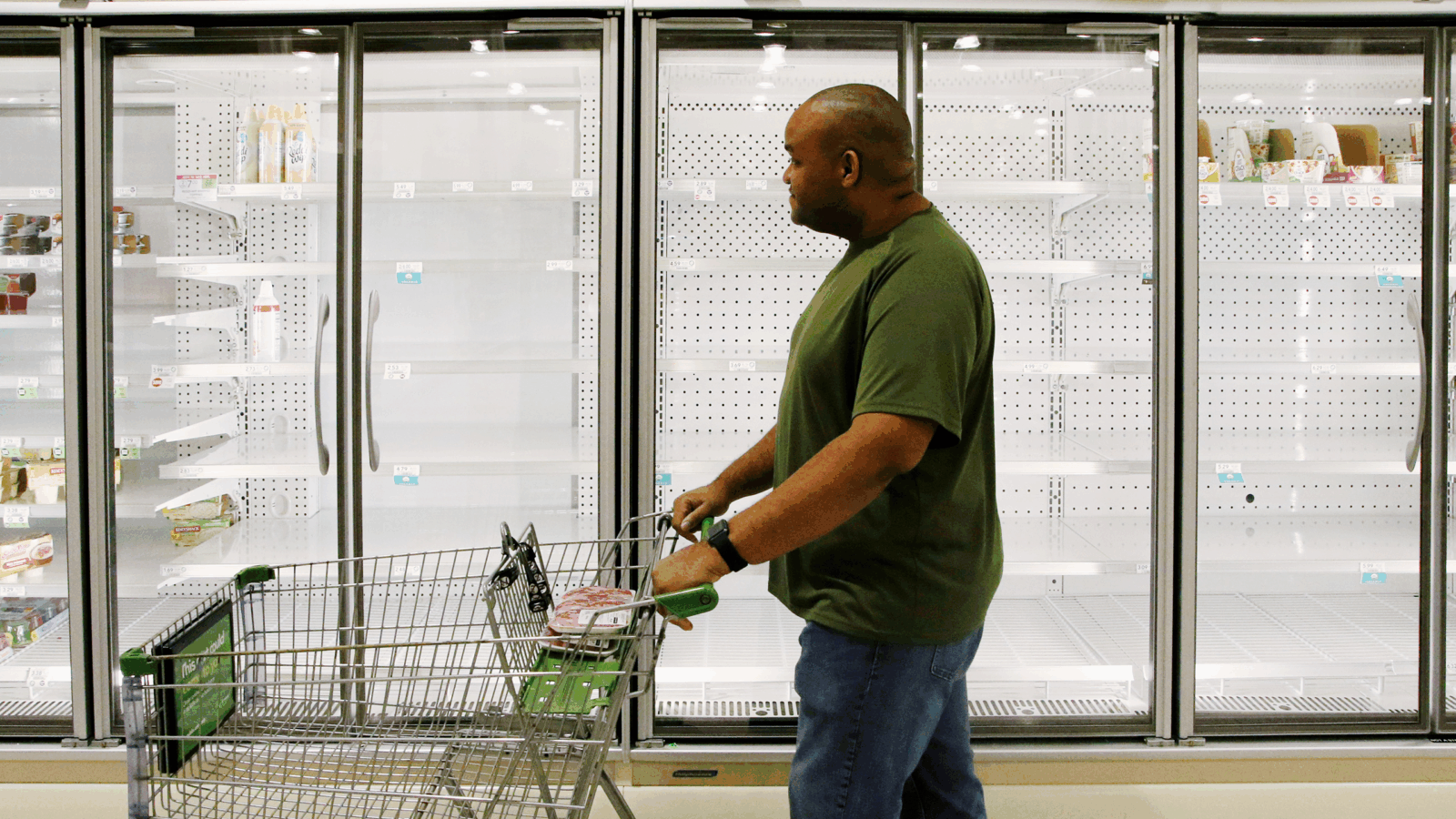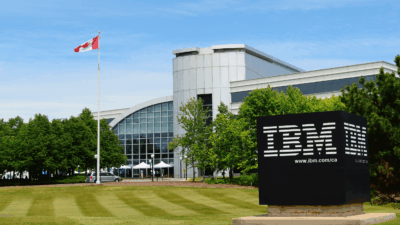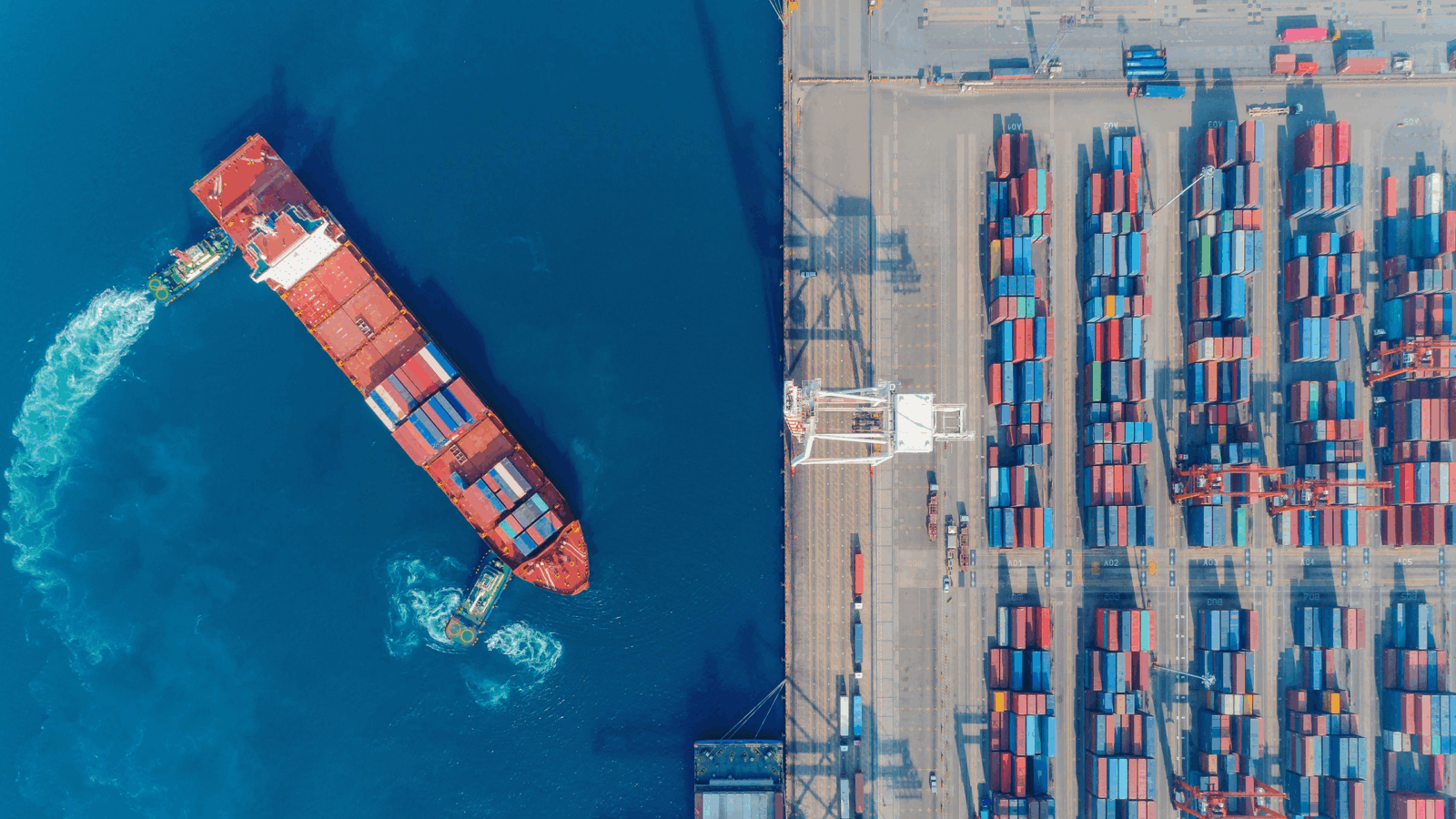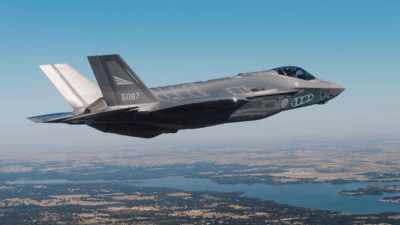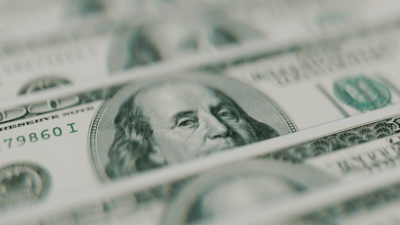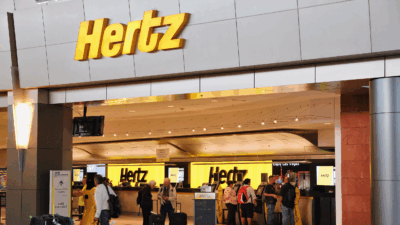Canada Chooses Prime Minister Set on “Dramatically” Loosening US Trade Ties
Canada’s Liberal Party won a majority promising to distance the country from the US, a major importer of Canadian crude.
Sign up for smart news, insights, and analysis on the biggest financial stories of the day.
President Trump once again called on Canada to become the “51st state” as America’s neighbor to the north held a federal election Monday, perhaps hinting at a craving for poutine in addition to his beloved Big Macs.
Canadians opted for a firm but polite no. Prime Minister Mark Carney’s Liberal Party was reelected after the former central banker promised he will “dramatically reduce” the country’s reliance on the United States, though appeared on track to fall just short of an outright majority in the House of Commons.
To the Victor Go the Oils
Canada was left off of the now-famous tariff chart that Trump held up in the Rose Garden earlier this month, with goods exempted under the United States-Mexico-Canada Agreement. But its automobile, aluminum and steel exports to the US are now subject to a 25% levy while Carney promised to meet Washington’s trade war with a hard-nosed response — or “elbows up” as he put it, borrowing the language of hockey.
The former governor of the Bank of Canada and Bank of England, who was sworn in last month before calling a snap election, said on the campaign trail that the “old relationship” between the US and Canada is “over.” That old relationship, as it happens, has left Canada massively exposed to a trade war, with 75% of its exports sent to the US. Last month, the government launched a C$5 billion ($3.6 billion) program to help exporters find new markets. Among its potential expanded trading partners are friends and foes:
- The EU and Canada locked into their own free trade agreement in 2017, and bilateral trade has soared 65% since, according to the European Commission. European Commission President Ursula von der Leyen said, after a call with Carney earlier this month, that they discussed “open and predictable trade” as well as the EU’s “enhanced cooperation” with the members of the CPTPP trade agreement that includes Canada, the UK, Australia, Japan, Vietnam, Malaysia, Mexico, and Chile.
- While Carney has cautioned that China is Canada’s “largest geopolitical threat,” it is also Canada’s second-largest trading partner and increasingly interested in Canadian oil amid its own trade war with the US. China ramped up its crude imports from Vancouver in March to a record 7.3 million barrels, according to Vortexa data obtained by Bloomberg, as it slashed oil purchases from the US by 90%.
A record 12.5 million metric tons of crude oil was exported from Vancouver last year, a 527% increase thanks to the opening of a significant new pipeline project. Since last May, more than half of crude leaving Vancouver has gone to Asia, which previously received only a small fraction.
Resourcefulness: A worst-case scenario — a prolonged trade war between the US and Canada including 25% tariffs on Canadian imports — would damage the US economy to the tune of 1.9% of GDP by 2030, a Deloitte analysis found last month. Much of that comes down to the country’s vast resource economy: Canada is the US’ biggest foreign supplier of crude, the source of roughly 60% of its imports. It’s also the US’ top source of mineral and aluminum imports (the latter of which has been hit with a 25% levy, leading to some aluminum already diverting to Europe amid forecasts that the tariff will raise prices in the US more than anywhere else). Carney, meanwhile, suggested last week that he’s in no rush to make a trade deal with Trump, stating that plans to cut interprovincial trade barriers and kick off housing and resource developments will stimulate the domestic economy and offer “leverage in the negotiation.”
